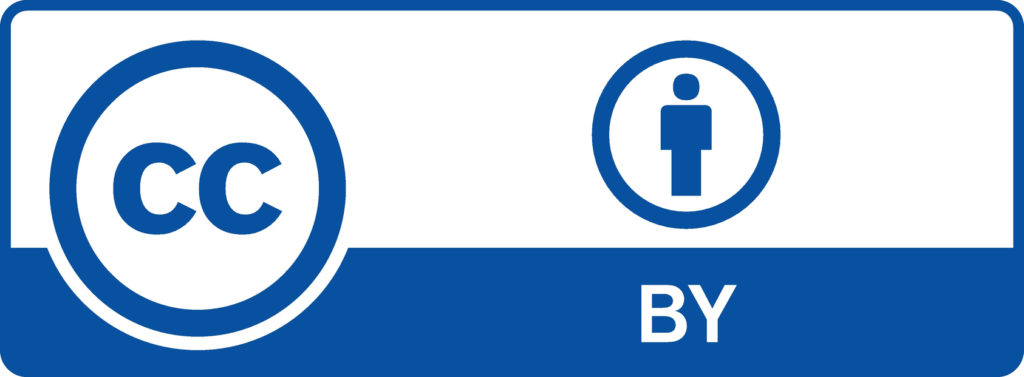Investigating the Role of International Phonetic Alphabet to Enhance Highschool Students’ Pronunciation Skill
DOI:
https://doi.org/10.33096/tamaddun.v20i1.95Keywords:
International Phonetic Alphabet, Pronunciation, EFL, Senior HighschoolAbstract
International Phonetic Alphabet (IPA) has been used to provide a unique symbol for each distinctive sound in a language. The IPA has been widely utilized by linguists and dictionaries with modifications for easier identification. This study focuses on how IPA supports Indonesian EFL learners with their pronunciation practice particularly in senior high school context. The present study is qualitative literary research. First, the researcher collected the data from the questionnaire, second, the researcher identified them and make it into conclusion. The result of the analysis showed that students gave their positive perspective in using the IPA symbols as they believed it could enhance their oral skills and technique for learning pronunciation. Although IPA symbols were regarded as useful and easier to learn, several students thought positively of using the phonetic symbol in their learning, most of them felt it is difficult, since the phonetic symbols each had distinctive symbols resulting in students confused to remember and comprehend. This study implies that while the learning curve is high, students were quite motivated to learn English pronunciation through IPA.
References
Akmajian, Adrian et al. (2001). Linguistics: An Introduction to Language and Communication. MIT Press.
April McMahon, (2002). An Introduction to English Phonology. Edinburgh University Press, Edinburgh.
Arikunto, S. (2006). Prosedur Penilitian: Suatu Pendekatan Praktik. PT Rineka Cipta. Jakarta.
Brown, H. D. (2000). Principles of Language Learning and Teaching (4th ed.). Longman: San Francisco State University.
Djiwandono, S. (2008). Tes Bahasa: Pengangan Bagi Para Pengajar Bahasa. PT Macanan Jaya Cemerlang.Malang.
Fromkin, Victoria, and Robert Rodman. (1998). An Introduction to Language. Harcourt Brace Publishers. Orlando
Hayes, B. (2009). Introductory phonology. Blackwell. Oxford
Hesselwood. B. (2013). Phonetic Transcription in Theory and Practice. Edinburgh University. Edinburgh.
Jahan, N. (2011). Teaching and learning pronunciation in ESL/EFL classes of Bangladesh. Journal of Education and Practice. Bangladesh.
Kelly, G. (2000). How to Teach Pronunciation (J. Harmer, Ed.). London: Longman.
Mariana, Smita Sarapung, dkk. (2015).Improving Students’ Ability in Placing English Word Stress through Hand Gesture Technique, vol. 3 No. 1. Tadulako University. Palu, Indonesia.
Odden, D (2005). Introducing Phonology. Newyork:United States of America by Cambridge University press
Pike, Kenneth, L. (1964). Phonetics: A critical analysis of phonetic theory and technic for the practical description of sounds. The University of Michigan Press. Ann Arbor.
Ramelan. (1994). English Phonetics. UPT UNNES PRESS. Semarang.
Richards, J.C., J. Platt, J., and H. Weber. (1985). Longman Dictionary of Applied Linguistics. Longman. London.
Roach, Peter. (1998). English Phonetics and Phonology. Cambridge University Press. Cambridge.
Rowe, B. M., & Levine, D. P. (2014). A Concise Introduction to Linguistics.Routledge. Los Angeles.
Yule, G. (2010). The Study of language. Cambridge University Press. New York.
Downloads
Published
Issue
Section
License
Authors who publish with Tamaddun journal agree to the following terms:
1. Authors retain the copyright and grant Tamaddun the right of first publication. The work will be licensed under a Creative Commons Attribution License (CC BY 4.0), which permits others to share the work with proper acknowledgment of the authorship and initial publication in this journal.
2. Authors may enter into additional non-exclusive agreements for the distribution of the published version of their work (e.g., posting it to an institutional repository or including it in a book), provided that the initial publication in this journal is acknowledged.
3. Authors are encouraged to post their work online (e.g., in institutional repositories or on their personal websites) before and during the submission process. This can lead to productive exchanges and increase the visibility and citation of the published work.






